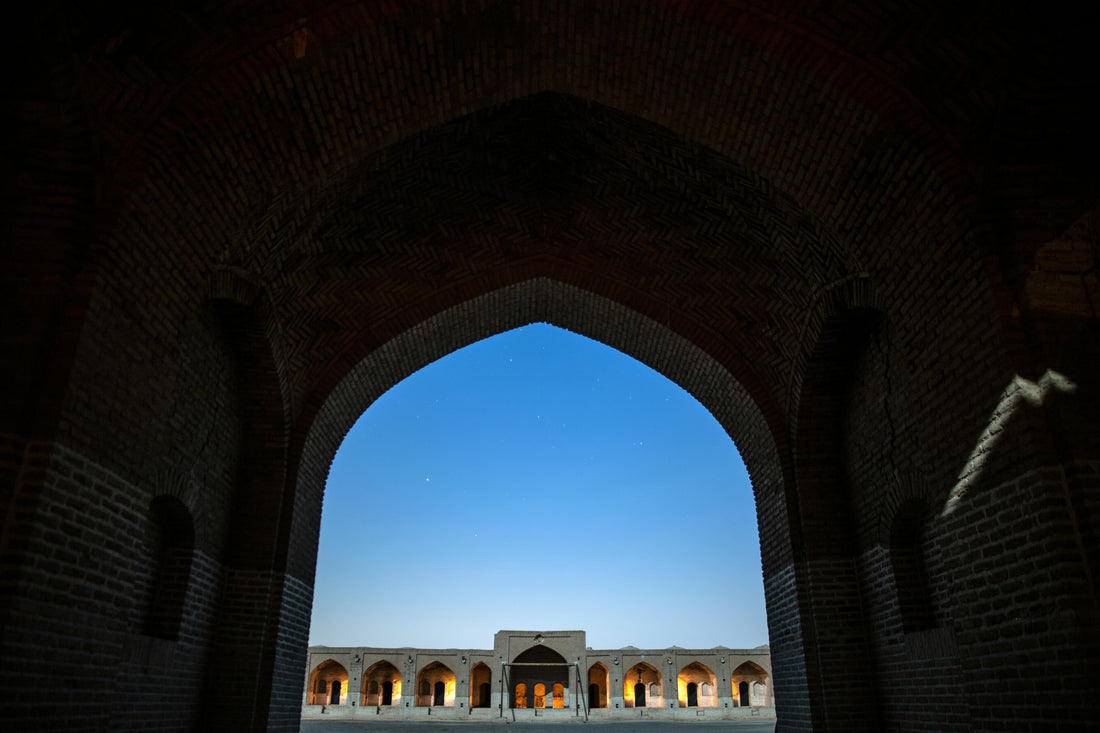
The Rich History of Persian Rugs
The history of Persian rugs dates back thousands of years, intertwining with the rich tapestry of Persian culture. These rugs are believed to have originated in the region known as Persia, now modern-day Iran, where nomadic tribes and settled communities began weaving intricate textiles. The earliest known examples of Persian rugs can be traced back to the 5th century BC, with archaeological findings supporting their existence as far back as the Achaemenid Empire. These early rugs were not only functional but also served as artistic expressions, showcasing the skill and creativity of their creators.

Ancient Beginnings
The origins of Persian rugs are steeped in mythology and folklore, often regarded as gifts from the heavens. Nomadic tribes first wove these rugs out of necessity, using natural fibres like wool and plant-based dyes to craft durable and warm coverings for their harsh living conditions. Over time, these utilitarian items evolved into symbols of status, storytelling, and spirituality. The Pazyryk carpet, discovered in Siberia and dated to the 5th century BC, is one of the oldest known Persian rugs, offering a glimpse into the intricate designs and craftsmanship of ancient Persia.
The Safavid Golden Age
Throughout history, Persian rugs have been influenced by various dynasties, cultures, and artistic movements. The Safavid dynasty, which ruled from the 16th to the 18th centuries, marked a golden age for Persian rug production. During this time, the art of rug weaving flourished, and many techniques that remain prevalent today were established. The Safavids sought to create a distinct identity for Persian rugs, emphasising the use of vibrant colours, intricate patterns, and high-quality materials. Royal workshops were established in cities such as Isfahan, Kashan, and Tabriz, where master weavers created masterpieces that were often commissioned by the court or gifted to foreign dignitaries. Rugs from this period, adorned with floral motifs, hunting scenes, and geometric designs, are highly sought after by collectors and enthusiasts.
Cultural and Global Influence
Persian rugs have not only survived the test of time but have also adapted to changing tastes and styles. As trade routes expanded, these rugs became highly coveted commodities, reaching the courts of European monarchs and aristocrats. By the 17th century, Persian rugs were synonymous with luxury and refinement, gracing the floors of palaces and estates. The intricate designs and vibrant colours captivated the Western world, influencing textile and interior design trends.

Techniques and Materials
One of the defining characteristics of Persian rugs is the meticulous craftsmanship involved in their creation. Traditional methods have been passed down through generations, with weavers often dedicating months or even years to a single rug. Persian rugs are typically hand-knotted, using either the Turkish (Ghiordes) knot or the Persian (Senneh) knot, depending on the region. The choice of materials, such as wool, silk, or cotton, plays a crucial role in determining the rug's texture and durability. Natural dyes derived from plants, minerals, and insects are used to achieve the vibrant and lasting colours that distinguish Persian rugs.
Modern Legacy
Today, Persian rugs continue to be cherished for their historical significance, artistic beauty, and enduring elegance. While traditional designs remain popular, contemporary weavers are also exploring new patterns and colour palettes to cater to modern tastes. The global demand for Persian rugs has led to a resurgence in their production, with both antique and newly crafted pieces finding their way into homes, museums, and galleries worldwide. These rugs remain a testament to the timeless artistry and cultural heritage of Persia, offering a connection to a rich history that spans millennia.
Conclusion
From their humble beginnings as practical textiles to their status as global symbols of art and luxury, Persian rugs have woven themselves into the fabric of human history. Their enduring appeal lies in their ability to combine functionality with unparalleled beauty, making them a treasured addition to any space. As custodians of a legacy that spans centuries, Persian rugs continue to inspire awe and admiration, embodying the spirit and soul of Persian culture.
